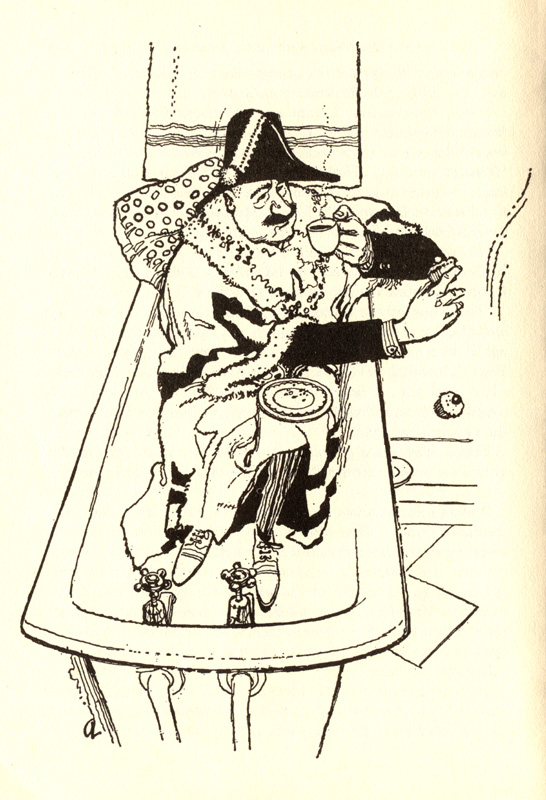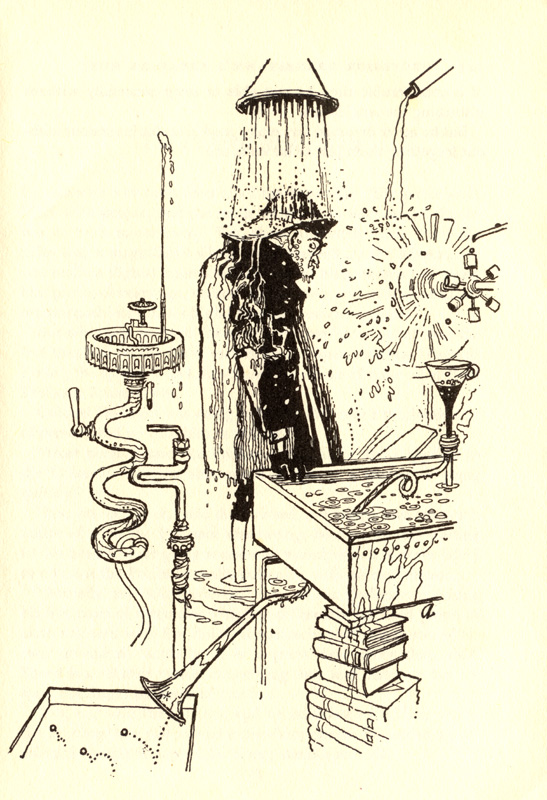Every month I promise myself to start Blogging Properly again, and every time I’m tired.
I still haven’t mentioned much about last Saturday: a mysterious midwinter pop festival, somewhere on a train between Ambergate and Pye Bridge.* We arrived early, and lurked around the railway station warming our hands by the fire.
First band. The Deirdres are some of the most enthusiastic people I’ve seen on the stage for a long time; they haven’t become cynical enough to hide their enthusiasm yet. They bounce about between different instruments, fight over the percussion, banter with each other and put themselves down, but their joyfulness comes through in the music. They’ll accidentally start Demo Mode on their Casio and apologise for it sounding better than they do; and Russell Deirdre has a picture of a steam train on his glockenspiel case, which has to be a good thing.
Second band. The Poppycocks have applied a lot more polish to their work, and have turned the amps up a bit whilst the audience weren’t looking. They’re bright and cheerful, with a hint of 1960s bubblegum and brocaded jackets; and waste no time getting The Deirdres to work on a few organised dance moves. “This song’s called The History Teacher, it’s about, er, a history teacher … so maybe for this one your actions can be books, turning pages, things like that.” Miles Poppycock had a badge on his lapel that he’d snaffled from somewhere around the railway station. Finding myself stood by him later on, I sneaked a quick look: it said “I’ve been on the Santa Special!”**
Headliners: **The Icicles** had come a long long way, indeed, so much so that everyone in the audience was invited to sign a Christmas card for them. As we were lurking around the gig early (see above), we got to sign it first! So if any Icicles are reading this, we’re the couple who had plenty of space to write long messages like “Thanks for coming so far”.*** Their tour manager, on the merch stall, is a very friendly chap too. We walked off the train into the empty marquee, to find them in place and almost bursting to play. “Do we just start? Is anyone else coming?” “Nah, everyone else is staying on the train,” I said, and after a few seconds’ confusion they kicked into their first track.
As for the music: it’s the sort of thing that I’d never say no to, sweet vocal harmonies over jangling guitars, and good enough for me to buy the albums straight after the gig. The song about Gretchen Icicle’s cat***** was a bit too sweet and romanticised, at least if her cat is anything like mine, but you might call it a kind of romantic lullaby. I wanted to mention the music first, because every other review of the Icicles probably mentions their matching and home-made stage outfits first – in fact, I enjoyed myself during the first two bands by spotting members of the Icicles, by spotting the hems of their stage outfits peeking out under their winter jackets. That’s not important, though – it’s important as part of the experience,****** but not compared to the music. The whole experience – dark winter cold, the 1950s steam train, the fire-lit footplate – gives the festival an amazing atmosphere; but the music is what we were there for.
Other people who were probably there: The Autumn Store, and this chap on Flickr.*** I was planning to take the camera myself – but discovered too late that all my batteries were dead. Arse.
* It was K’s idea to go. Thank you!
** This is a British railway museum, and it’s December. Of course there’s going to be a Santa Special.
*** Or words to that effect
**** I checked very thoroughly to see if he’d caught either of us in the background anywhere. He hasn’t.
***** I was a bit misled, as I saw a song called “Gedge” on the setlist and thought: “ooh, a song about The Wedding Present.” But, no, Gretchen Icicle’s cat is named after David Gedge instead.
****** The Deirdres, too, had themed stage outfits, customised appliqué t-shirts with their names on; and they make them to sell to the fans, too. The Icicles sell badges made from their fabric offcuts.
Keyword noise: Butterley, Derbyshire, gig, glockenspiel, indie, Indietracks, live music, Midland Railway Centre, music, railway, review, Ripley, The Deirdres, The Icicles, The Poppycocks.

 Home
Home

